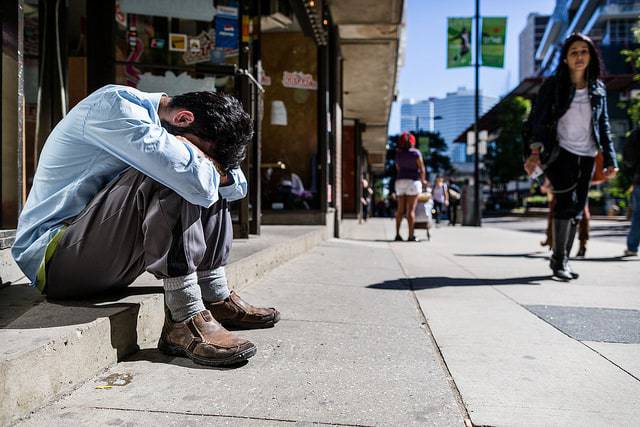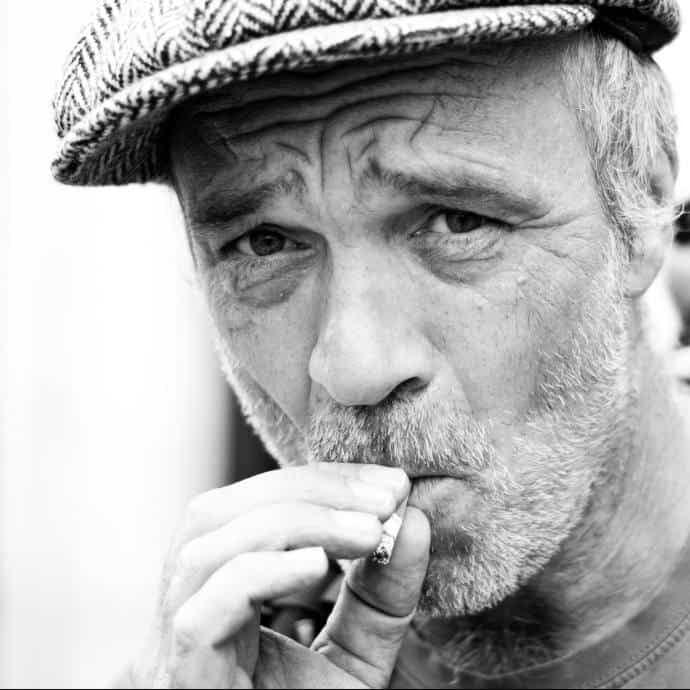Masculinities Under Neoliberalism (2016), edited by Andrea Cornwall, Frank G. Karioris and Nancy Lindisfarne is the successor of the groundbreaking work ‘Dislocating Masculinity’ (1994). Twenty years after its publication the foundation stone for Masculinities Under Neoliberalism was laid when the authors invited scholars working on masculinity to the symposium ‘Dislocating Masculinity Revisited’ (2014) with the purpose to discuss developments in the field of masculinity studies.

This book has a useful preface and introduction that draws connections between the two publications, the authors’ intentions, and guides the reader through the development of relevant scholarship in the last twenty years.
A theoretical chapter follows the introduction, in which Nancy Lindisfarne and Jonathan Neale lay out how gender, class and neoliberalism intersect and interdepend, provided with an overview on the development of neoliberalism, and suggests how to approach the study of gender and neoliberalism methodologically. They argue that neoliberal processes work through the interplay of the naturalisation of inequality, increased gendered marking and the creation of a greater distance between the elite and ordinary people. Admittedly, an analysis on a meta level always risks being essentialising to an extent and difficult to apply to the reality on the ground. In this book, however, the following chapters fill this gap by illustrating, affirming and advancing Lindisfarne and Neale’s analysis through the case studies presented.

Photo by Kevin Schoenmakers (flickr, CC BY-NC-ND 2.0)
What is inherent to all the contributions is their thorough grounding in ethnographic research and its combination of the individual’s experiences with the broader themes of global neoliberal trends. The majority of the chapters focus on men who are positioned at the lower end of the socioeconomic hierarchy due to their working class background, caste, rural origin, immigrant status or belonging to the ethnic minority in the respective society under study.
A major input of this volume is that it manages to highlight men’s struggle to constantly prove, sustain, and defend their position as men. The family, the state, women, and other men continuously challenge one’s manhood, either in an obvious and blunt way or in an indirect and subversive manner. Furthermore, this volume shows that being a man is not always advantageous and does not always guarantee a dominant position in society. Instead, men are described in several chapters as being confronted with a traditional, ideal version of masculinity that they cannot adhere to because of constraints of current labour market factors. The struggle to realise traditional values and to conform to what is expected of a man is very well illustrated in Xiaodong Lin’s piece on migrant workers in urban China and their struggle to become sons in the traditionally accepted sense.
Furthermore, this volume stands out because each case study is thoroughly contextualised historically, often referring to colonial legacies and stereotypes showing how they still impact on present-day constructions of and discourses around masculinity. In this context, it is worth mentioning Jane Bristol-Rhys and Caroline Osella’s contribution, which juxtaposes how Emirati men manage to neuter migrant men discursively, while Indian men who work as migrants in the Emirates define their own version of successful masculinity against the foil of the impatient, impulsive and immature Emirati man. The process of ‘othering’ does not only emerge as an important theme in Bristol-Rhys and Osella’s chapter, but also Mairtin Mac an Ghaill and Chris Haywood’s work deals with the nuanced reflections of British Muslim young men on stereotypes and discourses that define them as a security threat or as religious fundamentalists. Moreover, their piece is outstanding because of the space it grants to the interlocutors’ own voices, opinions and the meanings they ascribe to the term Muslim.

Photo by Wayne S. Grazio (flickr, CC BY-NC-ND 2.0)
How masculinities are negotiated vis-à-vis women is an implicit part of every chapter, but is put to the forefront in Penny Vera-Sanso’s case study on men’s changing role during their life cycle in South India. Because of age discrimination in the labour market, women, who are often younger than their husbands, become the main providers of the families while men transform into feminised recipients of support and experience subordination as a consequence.
Another strength of this book lies in the fact that it pays attention to men’s feelings and emotional ambiguities.
In this context, a remarkable contribution is Joe Hayns’ analysis of Moroccan working class men’s vulnerability and the shame, grief and bitterness related to their position as orientalised, sexual objects of desire by European tourists. Hayns illustrates how the strategies to masculinise in a traditional sense by accumulating financial means in order to become a provider are emasculating, if provider masculinity is only reachable through young men’s financial dependence on (sexual) relationships with tourists. Another outstanding contribution that pays nuanced attention to men’s emotions is Carmen McLeod’s study of duck hunters in New Zealand. These men express feelings of “boyish excitement” (McLeod 2016: 231) before the beginning of the hunting season, and show deep love and admiration for their dogs, the ducks they hunt, and their natural habitat.
Several chapters of this volume focus on homosocial spaces and encounters, illustrating the dynamics that develop in an all-male space. Frank Karioris highlights in his work how adolescent boys living in an all-male university hall in the US struggle to situate themselves within their marginal position on campus, while simultaneously being judged, defined, and “placed by others” (Karioris 2016: 258). Rachel O’Neill’s work on London’s seduction community takes in focus the competitive and comparative character of homosocial environments by showing how ridicule, which a man can expect if he fails to prove his manhood in front of others, becomes a driving force to engage in seduction courses. In these courses, women are objectified, mainly used as a currency to boost men’s standing, and are often unknowingly turned into an object lesson by the seduction Coaches.
Another overriding theme is the question of how new forms of consumption impact on constructions of masculinity.
Charlie Walker describes how expensive clothes and accessories are perceived to confirm a Russian man’s rationality and leadership. In contrast, he shows how the material marginalisation of Russian working class men undermines their subjective wellbeing. Luisa Enria discusses in her profound contribution on young men’s association with violence in Sierra Leone how the inability to provide for a partner with material subsistence translates into men stepping back from relationships trying to evade the humiliation of being abandoned because of their incapability to be “gatekeepers to women’s consumption” (Enria 2016: 144).

Photo by Kat Northern Lights Man (flickr, CC BY-NC 2.0)
Due to the sheer number of chapters and variety of foci and geographic locations, this volume sometimes leaves the leader wishing for further information about the context or in-depth analysis of aspects and details that are only briefly touched upon. While a bouquet of case studies from all over the world can make a powerful and plausible argument about neoliberalism and masculinity, it does not provide the contributors with space to lay out their argument in great detail. Based on this difficulty, some chapters lack an explicit discussion of the actual meaning and form of neoliberal constraints in the respective case under study.
Moreover, Raewyn Connell’s work on hegemonic masculinity is sometimes taken for granted without further questioning its applicability and usefulness. Categories like ‘hegemonic’ or ‘subordinate’ masculinities are occasionally applied without a thorough deconstruction of these terms and a nuanced discussion of why they fit to the context discussed. In my opinion, masculinity is more often than not deeply fragmented, ambivalent and contradictory, which undermines the possibility to apply the simple binary of ‘hegemonic’ and ‘subordinate’ masculinities without thorough questioning and analysis.
All in all, Masculinities under Neoliberalism stands out because of its rich case studies and its timely focus on how masculinities are subject to change in a neoliberal system. Furthermore, each contribution is a homage to comparative ethnography and proves the importance and relevance of in-depth ethnographic research for the conceptualisation and theorisation of manhood. It manages to bring together various ways in which neoliberalism impacts on men’s lives – as a philosophy, fantasy, fanatic focus on consumption, as precarity in the labour market, in the form of increasing individualisation and the selling of one’s bodily capital.
Cornwall, Andrea; Karioris G. Franj; Lindsifarne, Nansy. 2016. Masculinities under Neoliberalism. The University of Chicago Press. 225 pp. Pb.: $28.95. ISBN: 978-1783607662.
**********
Featured image (cropped) by Ben Raynal (flickr, CC BY-NC 2.0)






